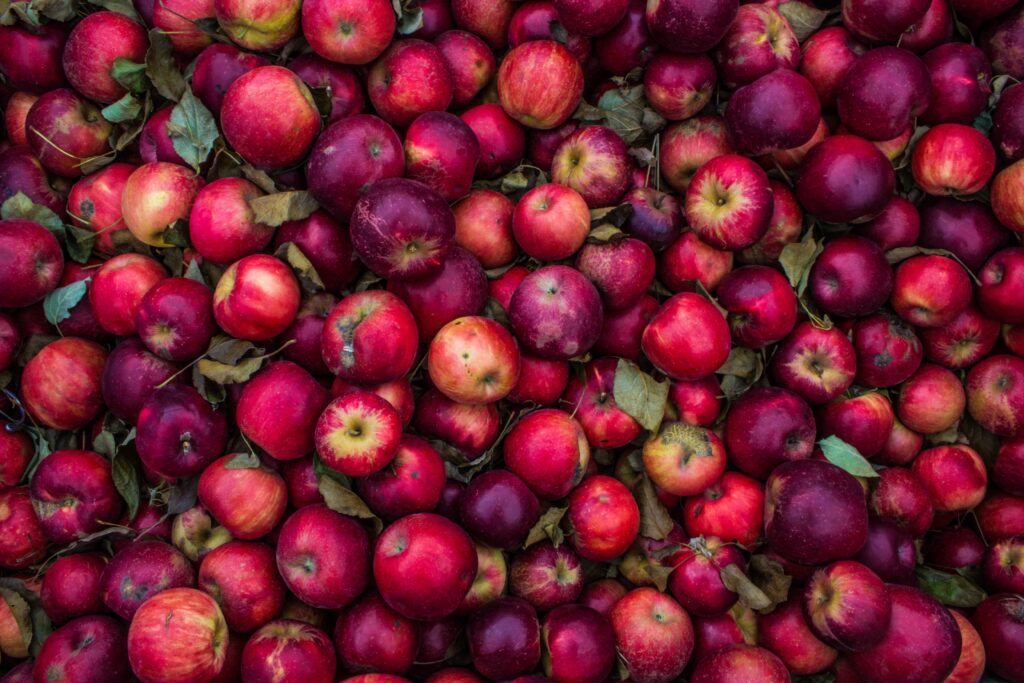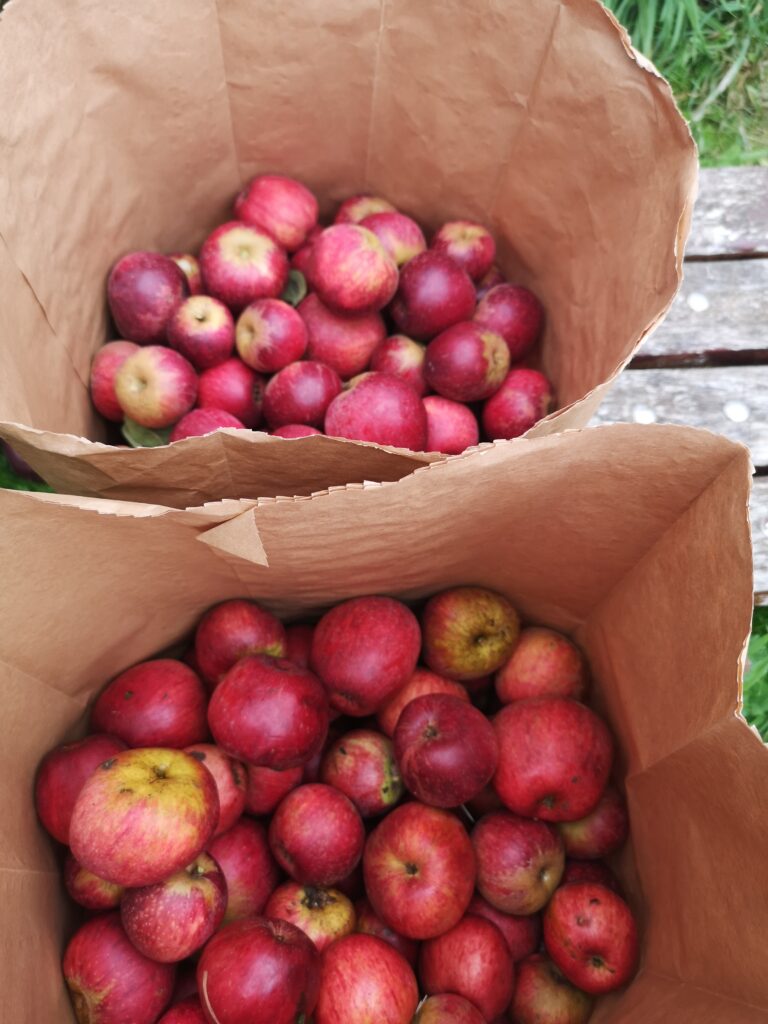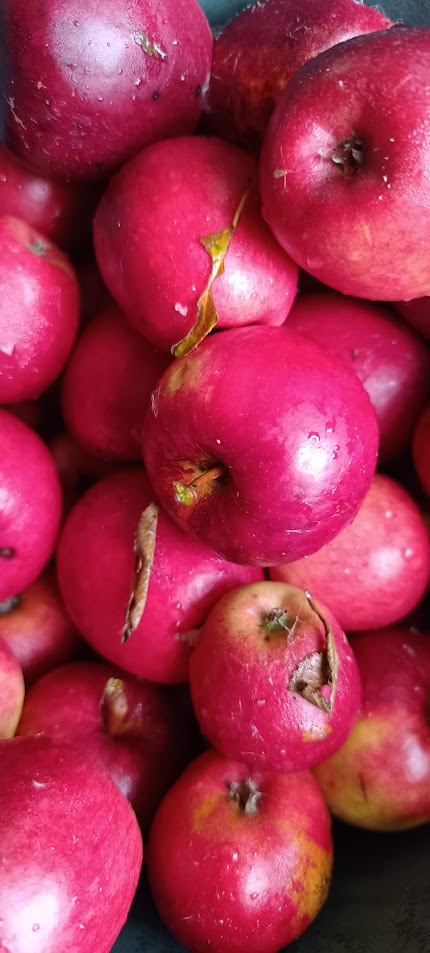Blending Cider Apples

Blending cider: How it adds flavour, texture and aroma
For as long as people have been making cider, stretching back through history to ancient civilisations, cider makers have been blending juice from different apples to get the best taste and texture and aroma. The same holds true today.
When it comes to cider, diversity is indeed the spice of life—or in this case, the secret behind a richer, more complex drink. Blending different apple varieties to make cider isn’t just a matter of tradition or experimentation; it’s a science-backed approach to enhancing taste, aroma, and overall drinking experience.
Refining the flavour and aroma
First, let’s look at the flavour. Each apple variety brings its own unique taste profile to the table. The best reason to blend apple varieties is the extra zing that can be achieved in the resulting cider. Each type of cider apple brings its own profile to the table: sweets are juicy and high in sugar, sharps offer a refreshing acidity, bittersweets provide a pleasant balance of sugar and bitter tannins, and bittersharps deliver both acidity and bitterness. For example, combining the bittersweet Dabinett, known for its complex tannins, with the sharp and robust acidity of Bramley’s Seedling, a big juicy cooking apple, can make a cider that is both rich and vibrant.
A little touch of something sweeter, a dessert apple like Discovery or Cox’s Orange Pippin is enough to round out the flavour profile and give a rich, interesting and really drinkable cider that will leave you wanting to open another bottle every time.
Blending is a very enjoyable craft.
Texture and Colour
Texture is important too. Some apples yield a juicier, more pulpy juice, while others are thinner or less dense. Blending different textures can result in a cider that’s neither to light or too thick, but just right in terms of mouthfeel. Different apples also contribute various levels of tannins, those naturally occurring compounds that give wine and cider their dry, slightly astringent quality. Tannins add body and complexity, making the drink more intriguing and satisfying.
Blending different cider varieties can also be a practical choice too. Different apples ripen at different times, so a cider maker can extend the cider-making season by blending early, mid, and late-season apples. This not only ensures a steady production but also brings in the best of each season’s characteristics into the mix.
Consistency Across Batches
Orchards and apples are at the mercy of nature, and apple crops can vary from year to year. Blending different varieties can help cider makers overcome the variability of harvests and ensure a consistent product. By adjusting the blend ratios, they can achieve a stable flavour profile that customers can rely on.
Seasonal and Special Edition Ciders
Blending lets cider makers produce seasonal or limited edition ciders that reflect the best of what the orchard has to offer at a particular time.
Economic and Environmental Sustainability
From an economic perspective, blending is advantageous. It maximizes the use of the entire crop, even if some apple varieties did not fare well in a given season. Environmentally, it encourages biodiversity in the orchard, which is essential for maintaining healthy ecosystems and more natural growing environments.


Why do I need specific cider apple varieties?

There are three types of apples: cooking apples, dessert (or eating) apples and cider apples. You can eat cider apples but they don’t taste very good. Some varieties are very bitter and astringent, some are “dry” and chalky and some are just bland and boring to the taste. It’s the juice that makes cider apples special. Cider apples, even though most aren’t sweet to the taste, have more sugars in the juice than dessert apples or cookers, and more tannins too. The sugar levels will encourage fermentation when it encounters yeast and the tannins will add depth and interest to the flavour of the finished cider.
Whereas you can make a drink that’s technically a cider with any apple juice, to make a good cider you need at least 35% to 40% cider apple varieties. Without this, you’ll find it very difficult to make a well balanced, easy drinking cider which leaves you wanting more.





